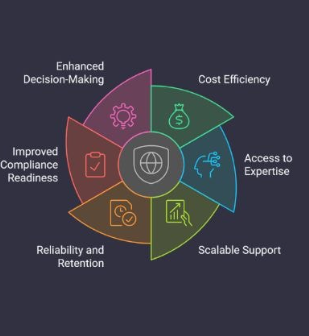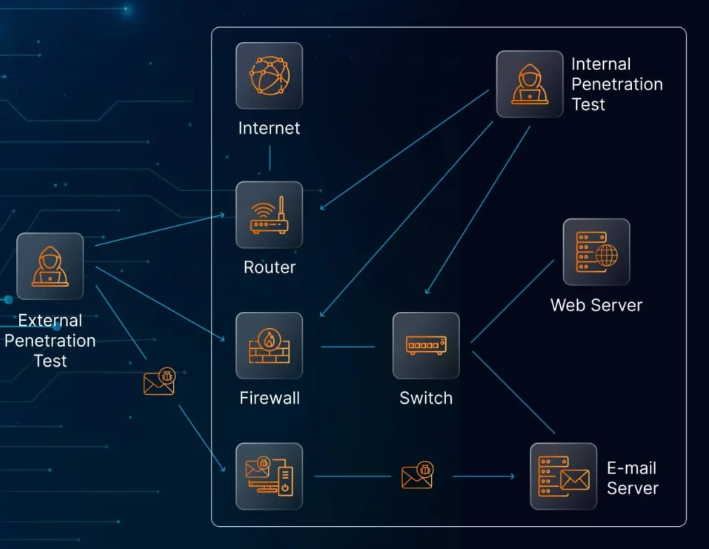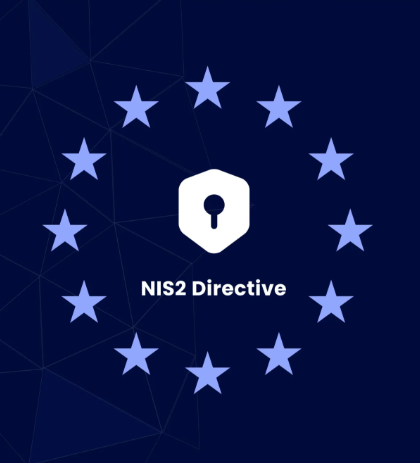
Cyber threats are constantly evolving, and businesses can no longer afford to treat security testing as optional. Penetration testing has become an essential component of modern cybersecurity strategies, not only for compliance but also to ensure resilience against potential attacks.
Yet, as organizations recognize the need for regular testing, many face a difficult question: how do you choose the right penetration testing provider? With a growing number of vendors offering similar-sounding services, knowing what to look for can make a significant difference in the quality and effectiveness of the testing you receive.
Here’s a practical guide to help you evaluate potential providers and avoid common mistakes along the way.
Why Penetration Testing Matters
Before diving into the selection process, it’s worth understanding the value penetration testing brings to your security efforts. Unlike vulnerability scans, which detect potential issues, penetration tests simulate actual cyberattacks to see how those weaknesses might be exploited in a real-world scenario.
This proactive approach allows businesses to:
- Identify high-risk vulnerabilities across networks, applications, and infrastructure
- Measure the effectiveness of existing security controls
- Improve incident response planning
- Satisfy regulatory and client security requirements
- Strengthen confidence among stakeholders and customers
However, a penetration test is only as valuable as the team behind it. That’s why selecting a qualified, experienced provider is key.
What to Consider When Evaluating Providers
1. Proven Experience and Industry Knowledge
A provider with experience in your industry understands your regulatory obligations, common technologies, and threat landscape. Look for a firm that has worked with organizations of similar size, structure, and compliance requirements.
Request case studies or client references, especially from businesses in sectors like finance, healthcare, software, or critical infrastructure. A provider’s ability to speak to specific challenges relevant to your environment is a strong indicator of fit.
2. Relevant Certifications
Security expertise should be backed by recognized certifications. Look for qualifications such as OSCP, CEH, CREST, or GPEN. These demonstrate a provider’s technical ability and ethical standards.
Certifications not only validate a tester’s skills but also reflect their commitment to staying current with evolving security practices.
3. Customized Testing Methodology
Avoid one-size-fits-all approaches. Your penetration test should reflect your business environment, not a generic checklist. Ask about the provider’s testing process, how they define the scope, and whether they tailor tests to your specific systems and goals.
Be sure to clarify whether they perform black box (external), white box (internal), or gray box (hybrid) tests, and whether cloud infrastructure, APIs, and mobile apps are included in their assessments.
4. Clear, Actionable Reporting
The final report should do more than list technical findings—it should offer context, prioritize risks, and include practical guidance. Look for a provider that structures reports with both executive summaries and detailed technical insights.
The goal is to empower your teams to take corrective action efficiently, with clear remediation steps, impact assessments, and timelines.
5. Transparent Pricing
A reputable provider will give you a straightforward breakdown of costs. Make sure you understand what’s included in the quote, what services might incur additional charges, and how pricing is influenced by scope or complexity.
Hidden fees and vague proposals are red flags. Upfront clarity ensures better budgeting and avoids surprises down the line.
6. Post-Test Support and Remediation Assistance
A good penetration testing provider doesn’t stop at delivering a report. They should be available to clarify findings, guide your remediation efforts, and—ideally—perform retesting to validate fixes.
This ongoing support shows they’re invested in your long-term security, not just checking a box.
Common Pitfalls to Avoid
Even with the best intentions, organizations sometimes make missteps when selecting a testing partner. Here are a few things to steer clear of:
- Focusing solely on cost: Cheaper doesn’t always mean better. Cutting corners on penetration testing often results in shallow assessments that miss critical issues.
- Overlooking methodology details: Without a clear scope and process, you risk incomplete testing and limited value.
- Neglecting to check references: Always research a provider’s reputation. Speak with past clients or read independent reviews to confirm reliability and professionalism.
Essential Questions to Ask Vendors
To get a full picture of a potential partner’s capabilities, consider asking:
- What certifications do your testers hold?
- How do you tailor tests to different industries or environments?
- What’s your process for defining testing scope and objectives?
- Can you provide a sample report or case study?
- Do you offer remediation guidance and retesting?
- How do you handle data confidentiality during testing?
- What’s included in your pricing—and what isn’t?
- How often do you recommend testing based on our risk profile?
These questions will help you filter out surface-level vendors and find a provider who offers real value.
Final Thoughts
Choosing the right penetration testing partner is a critical decision for any business serious about security. It’s not just about meeting compliance—it’s about protecting your data, your systems, and your reputation from evolving threats.
By prioritizing experience, certifications, transparency, and long-term support, you can build a trusted relationship with a provider who will help you strengthen your security posture year after year. Think of it as more than a service—it’s a strategic partnership that can safeguard your future.





































